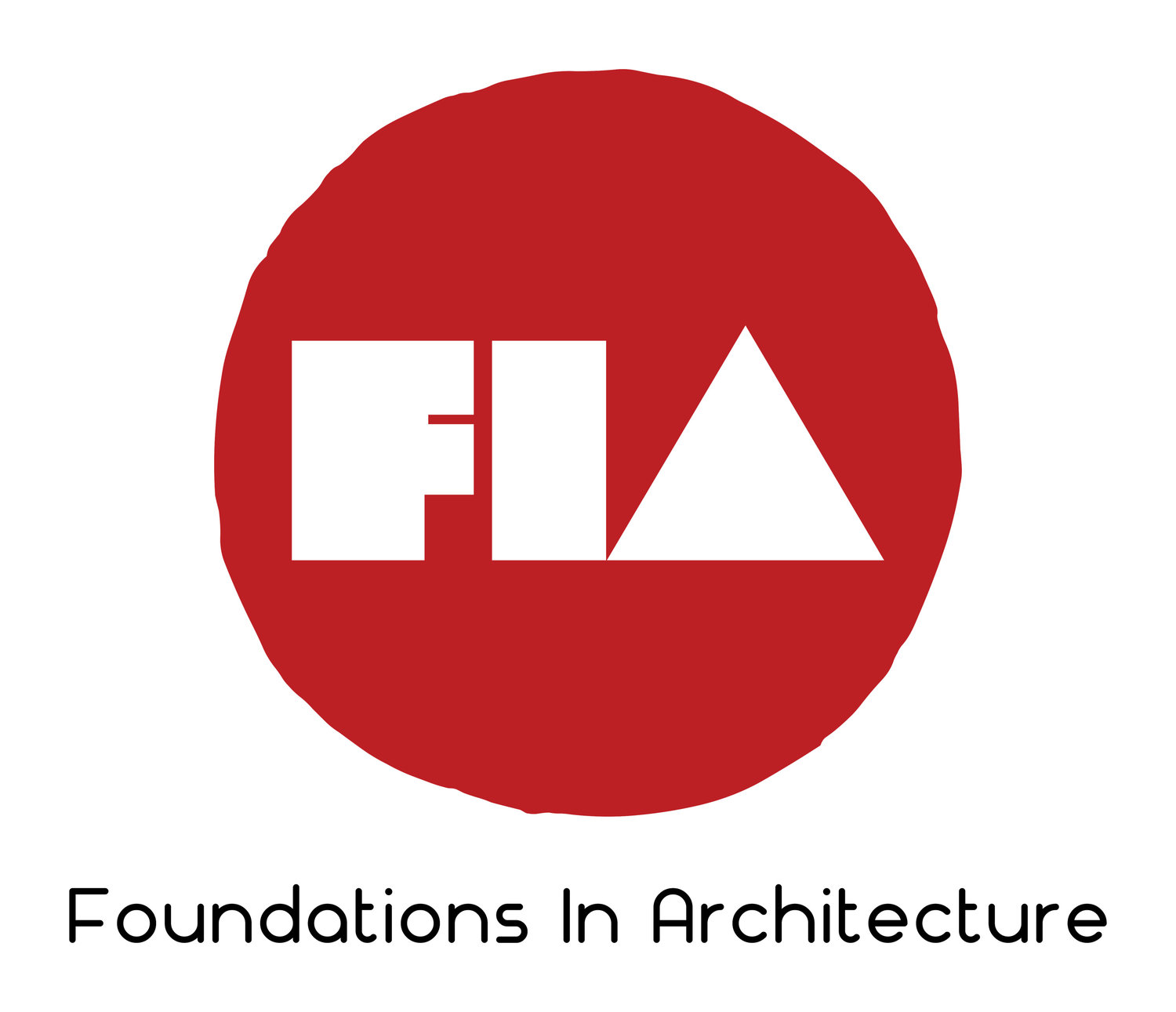Sketch Up Part 2
http://www.sketchup.com/learn
Watch Part 2 of the Video series on getting started. Practice the basics in the video.
Skip Historical Reading for Module Four
Historical Reading for Module Four
The Story of Architecture
Greek Architecture: Pages 24-29
Identification of Classical Styles
First Assignment:
Go around your community and identify the styles. Write the names and locations of the buildings. A printable PDF copy is located in the lessons folder.
Second Assignment:
Learning the components of architecture starts with the Greeks. In the Exercise 1.1 you will need to sketch and learn the details of Greek design. Today we simplify the total number of pieces that make up ornaments of a building. However, until the 1920's architectural ornamentation was created by adding many sculpted parts. Today ornamentation is attached to the building instead of being part of the structure.
Secrets of the Parthenon
If you time to watch the full hour video follow this link.
http://www.pbs.org/wgbh/nova/ancient/secrets-parthenon.html
Scale
One design principle that reappears since the beginning of building is scale. Think back to the first weeks and structures studied. Pyramids where at a grand scale even in today's society. However, the use of scale back then was to show importance of the Pharaoh after death. The huge Roman buildings where for entertainment. No much different today, if comparing to a football stadium. The middle ages cathedrals were for reverence of God. Today our biggest structures are based on the functions of people. Skyscrapers are for housing and business. Airports and train stations are for moving people from one location to another. Architecture still uses scale but, the purpose has changed over the years. As you travel around this year look at how scale is used locally. It could be your courthouse, the library, or even the shopping mall. As an architect your designs need to be relative to the scale of people. Yes, the scale might to be large, but it's purpose is for people. How to the people interact and use a space. That is the one major difference from the historically large monuments.

